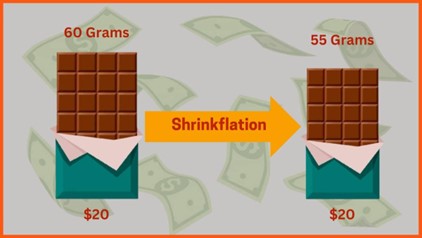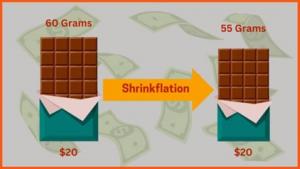 |
| ▲ A Meme that the main character of the Fast and Furious franchise rides a bicycle instead of a mighty muscle car, under influence of the global oil price crisis (Source:Reddit) |
Despite global electric vehicle sales increasing worldwide, the majority of market shares in the automobile industry is not yet led by internal combustion engine vehicles. As internal combustion engines inject fuels to use them as energy sources, operating costs are closely related to oil prices. Global oil prices have soared as a consequence of the ongoing war between Ukraine and Russia, and despite the government’s oil tax cut, the average price of regular unleaded gasoline exceeds 2,000 won per liter nationwide. Taking public transportation is the best substitute, however, some people have to drive their own vehicles for a living. When driving a vehicle inevitably, it is helpful to understand the mechanism of the vehicle, in order to learn how to operate cars with less fuel.
A modern internal combustion engine has a four-stroke revolution system that obtains rotational force through the explosion of fuel and oxygen. Multiplying the value of the torque generated by the engine combustion by the number of revolutions, becomes horsepower. Due to the nature of the engine that performs the combustion stroke, sufficient power cannot be generated at a low RPM(revolutions per minute). That is why engines come with transmissions. Theoretically, the lower the RPM, the less fuel is injected, however, under high loads, conditions such as acceleration or climbing uphill, lowers the RPM by forcefully putting in high-speed gears may adversely affect the engine’s stroke and cause major damage to the engine. Even modern vehicles are equipped with a smart transmission control unit. Driver manipulation is the most influential factor in vehicle fuel efficiency, as the computer that controls the engine and transmission, is built to learn the driver’s habits and patterns.
The first thing to keep in mind in order to drive efficiently, is the definition of a brake. It should always be considered when driving that the brake is a system that converts the kinetic energy of the vehicle, into thermal energy using friction. Converting kinetic energy obtained by fuel combustion into thermal energy means a loss of energy. The most basic, yet good driving habit, is driving with fewer brake engagements, which doesn’t mean you do not apply the brake and drive fiercely, but to not create accelerations that would be wasted. Modern vehicles are equipped with the fuel-cut feature where the fuel supply is cut off when they step off the accelerator. Therefore, it is efficient to drive keeping a safe distance from the cars in front of you, and maintain the legal speed to allow the fuel-cut feature to be engaged. Also, it can identify oncoming corners and signals in advance to minimize unnecessary accelerations and cruise with inertia. However, cruising too fast should also be avoided, since kinetic energy is proportional to the square of speed. This means fuel amounts equal to the square of the speed of the vehicle, are consumed to accelerate, so cruising about 80~110km/h in top-gear, is known as a fuel-efficient speed.
The weight of the vehicle is also an important factor. Minimizing the weight of the vehicle by removing unnecessary items from the boot of the vehicle will allow the vehicle to consume less when in motion. Lightening the weight of the vehicle is helpful, not only for fuel efficiency, but also for the agility and maneuverability of the vehicle. This will also extend the life of the suspension and auto body parts.
Lastly, choose a fuel efficient vehicle. Diesel cars have longer mileages than gasoline cars, however, diesel cars come with complicated exhaust filtering systems, which cost a lot when maintenance is required. For this reason, diesel cars are a good choice if they are to be driven long distances at high speeds in highway transportation. In contrast, gasoline hybrid cars are a good choice if they are driven mainly in the city. In the case of a low RPM section, where the internal combustion engines are the least efficient, they are assisted by electric motors, instead of engines. Especially when decelerating, kinetic energy is converted into electric energy that drives the electric motors to minimize wasted energy, showing the best fuel efficiency when in city circumstances that requires frequent acceleration and deceleration. However, in high-speed cruising conditions where only the engine works, only the weight of the battery is added, as the speed is out of the range of electric motor speed. As such, it is important to choose a vehicle suitable for the driver's lifestyle.
The impact of high oil prices when owning an electric vehicle will be insignificant, but sales of internal combustion vehicles are still strong, due to inconvenient charging infrastructure and high prices of electric vehicles. Therefore, inflation is also expected to be inevitable due to an increase in transportation fees due to the rise of oil prices.
By Park Hyun-jong, reporter tommyhil4444@gmail.com
<저작권자 © The Campus Journal, 무단 전재 및 재배포 금지>

 Shrinkflation, Consumer Deception
Shrinkflation, Consumer Deception




